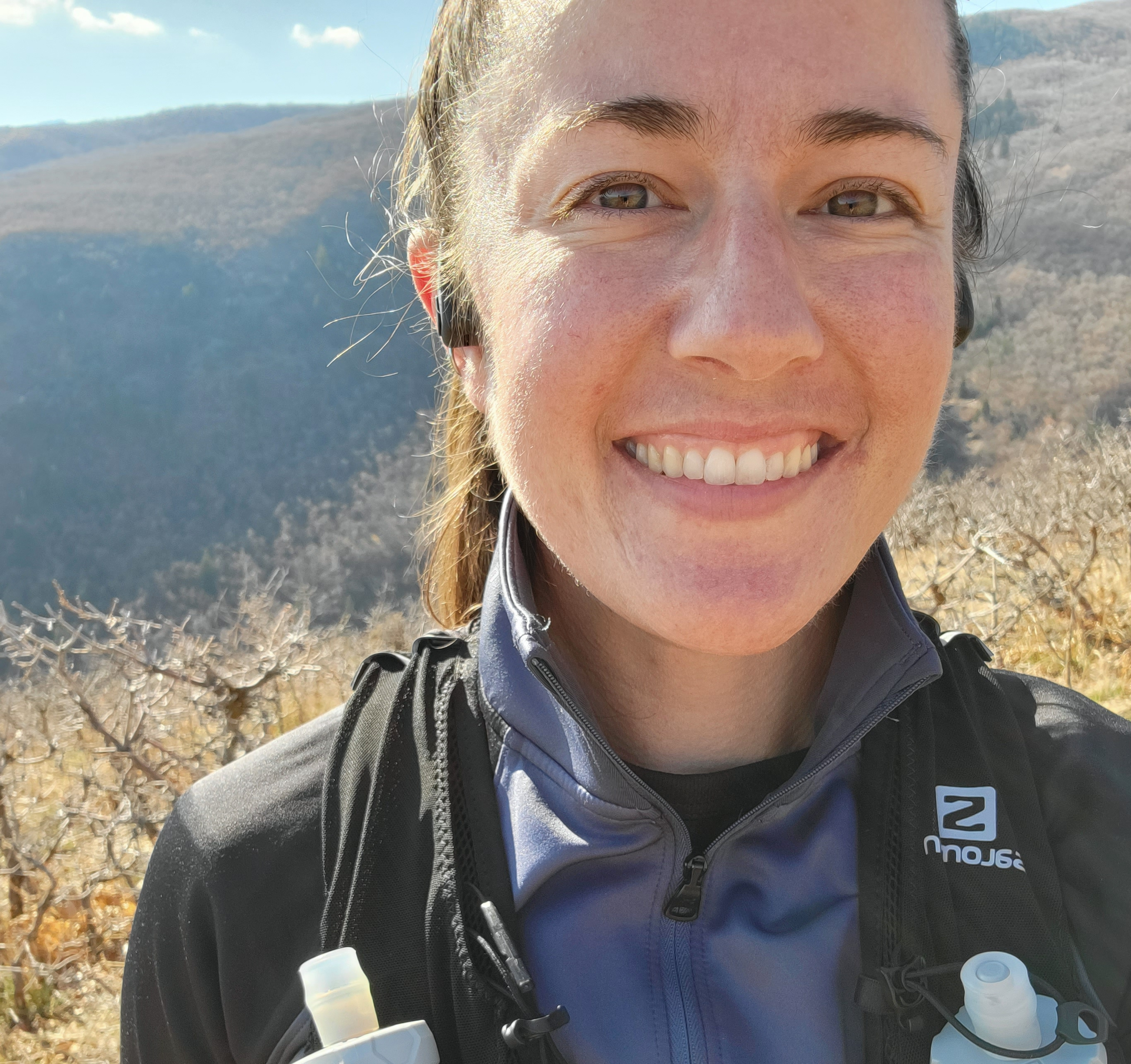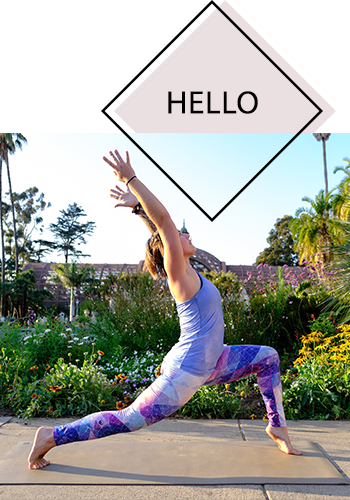Simple Things You Can Do to Be More Mindful
/Today on Alive in the Fire, I’m excited to share a post with you about some ways you can stay mindful, grounded, and calm throughout your day. What are your go-to practices for finding your center?
Mindfulness doesn’t have to be complicated. Though some shy away from it, or find it intimidating, all you need are some simple ways to incorporate mindfulness into your everyday activities. Once you begin practicing, it becomes more second nature.
On a very basic level, mindfulness is simply paying more attention to things. It is about doing things purposefully and staying connected to the present moment. Noticing how your actions and reactions have meaning. And above all, remaining nonjudgmental and non-attached to outcomes.
There are plenty of ways that you can up your mindfulness every day. Start small and do what feels comfortable for you.
Move
Yoga is a wonderful practice to start. As one of the most popular exercises in the world, yoga offers practitioners of all levels a chance to slow down and move in a way that’s conscious and centered on individual needs. When you roll out your yoga mat, you’re tuning in to what your body needs. You take a pause. You show up in the moment. In yoga, you learn about your breath and how to breathe more fully and control the rhythm of your breath. In the poses, you have the chance to take notice of how your body moves and feels. You might like to find a fitness center near you to see what styles of yoga classes are available, and which ones resonate most with you.
Eat
It doesn’t matter who you are or what you are doing, you’re going to need to eat. Eating should be a joyful occasion as much as it provides for fuel your body.
Add more breathing into your cooking and mealtime routines. Can you pause for a full, deep breath while you are chopping vegetables? Can you sit with your plate for a moment and notice the colors and aromas of your food before you begin to eat?
While you are preparing the food, notice what you are doing. Look at the amount you are cooking; will you be wasting any? Think about what each item will do in terms of energy.
When it comes to eating, cut your food up into bite-size pieces and chew slowly. Start to enjoy all of the efforts that you put into cooking your meal. Feel a sense of nourishment from every bite. Notice each flavor and think about the textures and the smells. Try not to put more food in your mouth until you have finished the last bit.
Photo by Zara Walker on Unsplash
Walking
Walking is a joyful process all on its own. Plan a weekly walk somewhere wooded and green. The fresh air and stroll can do wonders for bringing your stress levels down. Let your mind wander as you walk. Practice keeping positive thoughts and letting negative thoughts drift away.
Listen to the sound of your footsteps crunching leaves on the ground. Notice the feeling of mud underfoot. Notice the quality of the air outside. The temperature. The season. Is it cold? Damp? What energy do you feel is present?
Taking in how your body moves and adapts to different terrains can be a beautiful practice that brings you fully and calmly into the moment.
Cleaning
While cleaning isn’t always the most fun task, you can still bring an element of mindfulness to it. You can even think of cleaning as a powerful practice in your self-care routine, and you may be surprised about how positive this activity can make you feel.
Many of us don’t enjoy doing the dishes, folding laundry, or scrubbing the bathroom. But what if you take an attitude of reverence toward these cleaning tasks? As you put away your neatly-folded sheets, notice how you are extending kindness toward yourself. Making sure you have fresh sheets when you are ready to change the bedding is something lovely to do for yourself. You’re taking care of you.
Scrubbing down the tiles, sink and toilet might seem boring, but because they are repetitive, they allow us to focus completely on one thing. As you move your arms and hands in a particular motion, focus on how that feels. Look at the progress you make as you go.
Many meditation and yoga retreats encourage their pupils to clean as a way to continue their mindfulness skills beyond a standard meditation practice.
Listening
This is a skill that many people don’t use to its full capacity. It is very easy to nod and smile when someone is talking to you without really taking in what the other person is saying.
Active listening is very powerful and will allow you to connect on a whole new level, leading to deeper connections and more meaningful relationships and interactions in your life.
Have you ever gotten deep into conversation, when hours seemed like minutes, and you felt you knew the person on another level? Chances are, you were both flexing your active listening skills.
Active listening isn’t just about hearing words. This practice is about tuning in to someone’s tone of voice, micro-expressions, and body language along with what they’re saying. Active listening means giving someone your full attention.
We often formulate a response before someone has even finished speaking, or we think of solutions we want to offer them. While it is helpful to be thinking of the other person and what you want to say, it’s possible to simply listen first, to take in what the other person is saying instead of trying to cut to the next part of the conversation. Let the other person talk. Simply listen. Do just this one thing.
Another version of practicing mindfulness through listening is with music. Set aside all other tasks and simply listen to some of your favorite music (no reading, or doing any other tasks). Notice how listening to music is different when it’s the only activity you’re doing.
Waking Up
Not everyone loves the mornings. In fact, some people swear that they aren’t morning people. But, by setting yourself up for a calm morning with plenty of time to wake up, you might find that morning time becomes your new jam.
A great way to start your day is setting your alarm ten minutes earlier each day until you reach your ideal wake-up time. It might be 5am; it might be 7am. Decide what your goal is so that you can give yourself a road map for how to get there.
Each morning when you wake up, spend ten minutes meditating. What are you thankful for? What are you looking forward to? How does your body feel?
It can be easy to rush through waking up in the morning. Your alarm goes off and you absentmindedly rush around, brushing your teeth while you’re thinking of your long to-do list, preparing for your day, then rushing out the door.
Notice how rushing through your morning can sometimes make you feel overwhelmed.
Try a different approach with mindfulness. Take it slow. Give yourself enough time to brew a tea or a coffee. Drink a glass of water. Cook something good for your breakfast.
Try to keep your thoughts as positive as possible, and carry them with you through your day. As you’re waking up, you set the tone for your day. Think about what you’re thankful for and keep your focus on that, whether it’s the bright sunshine or a new pair of socks. Keep returning to this gratitude list throughout your day whenever you need a reminder to be mindful.
“The best way to capture moments is to pay attention. This is how we cultivate mindfulness.” – Jon Kabat-Zinn
First two photos by Jessica Bartlett.


















